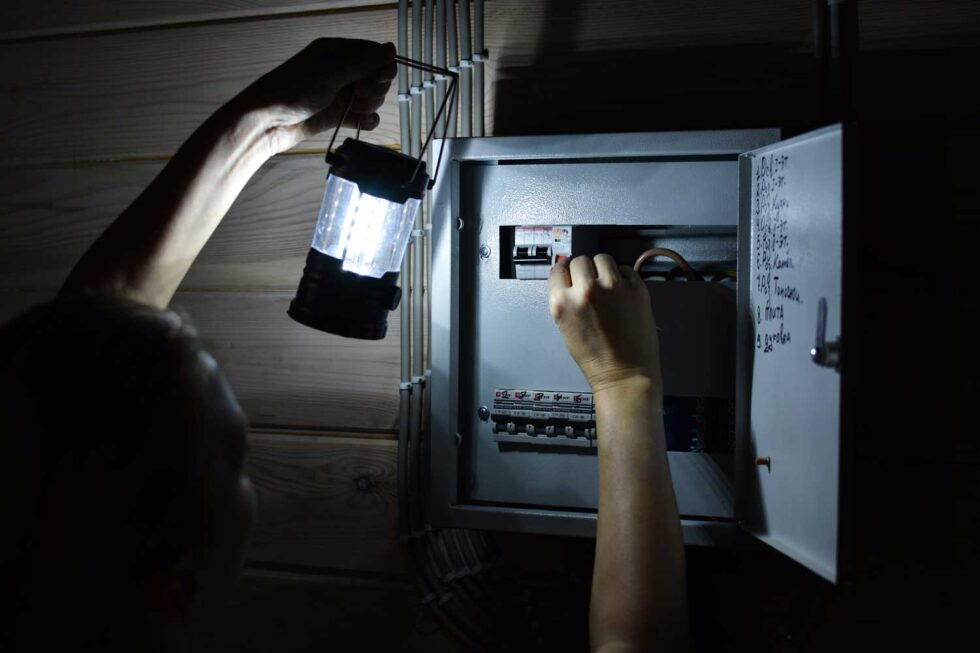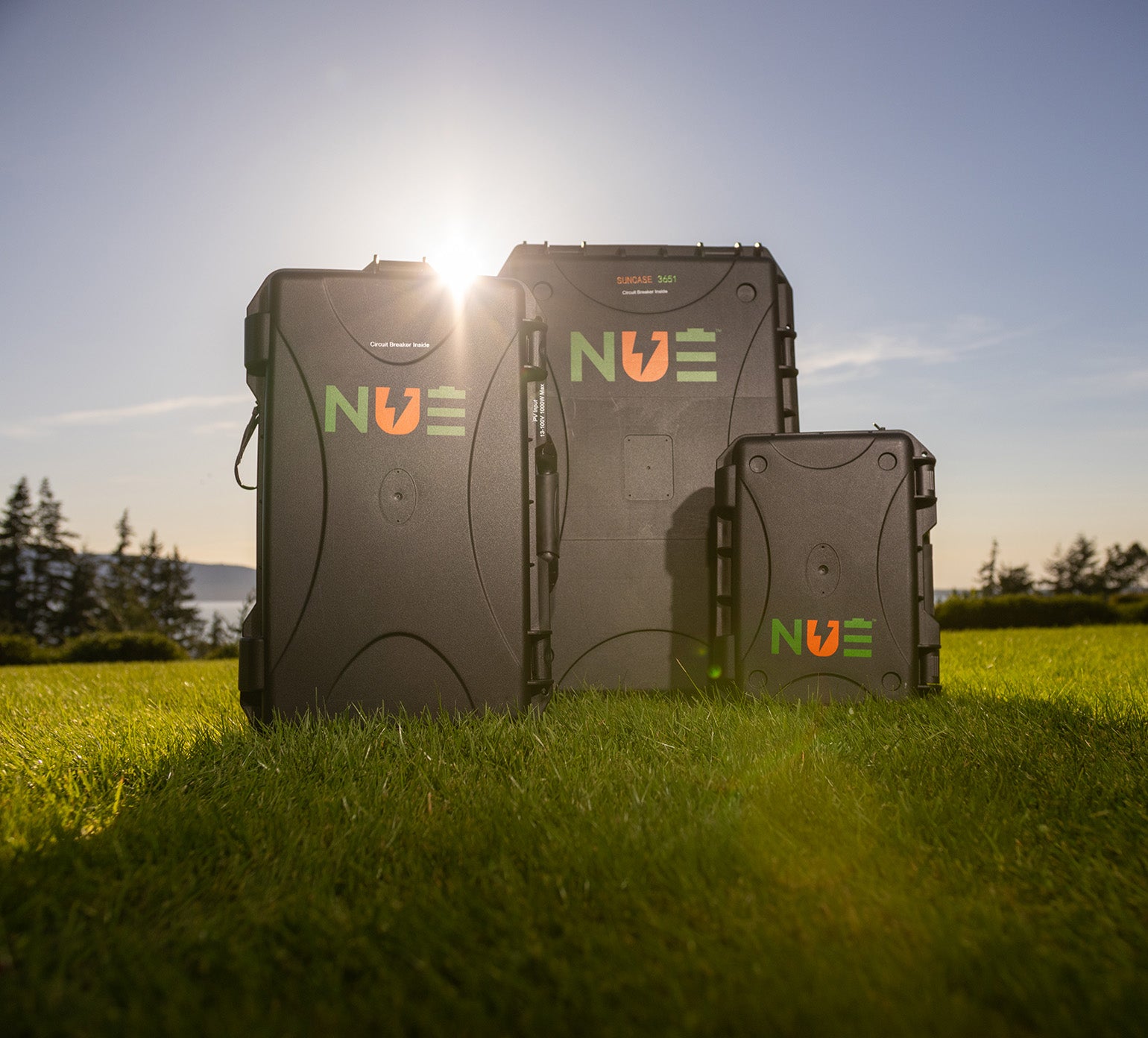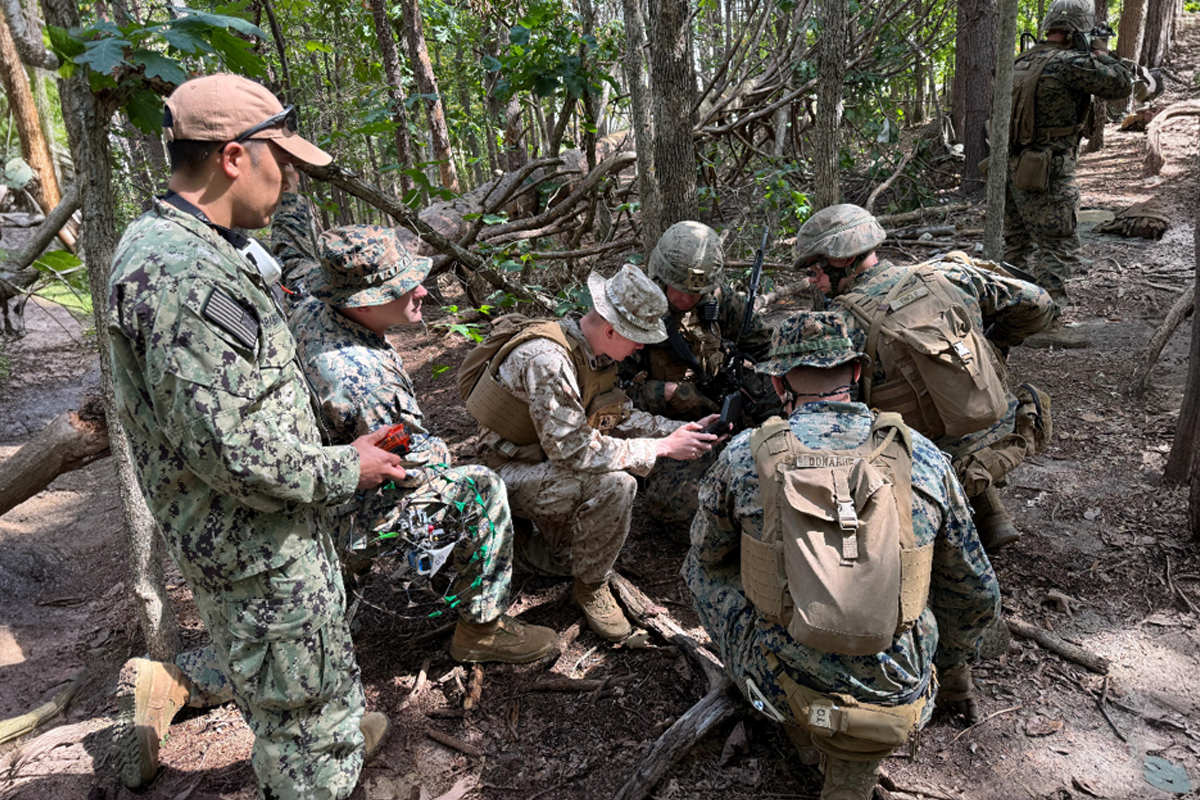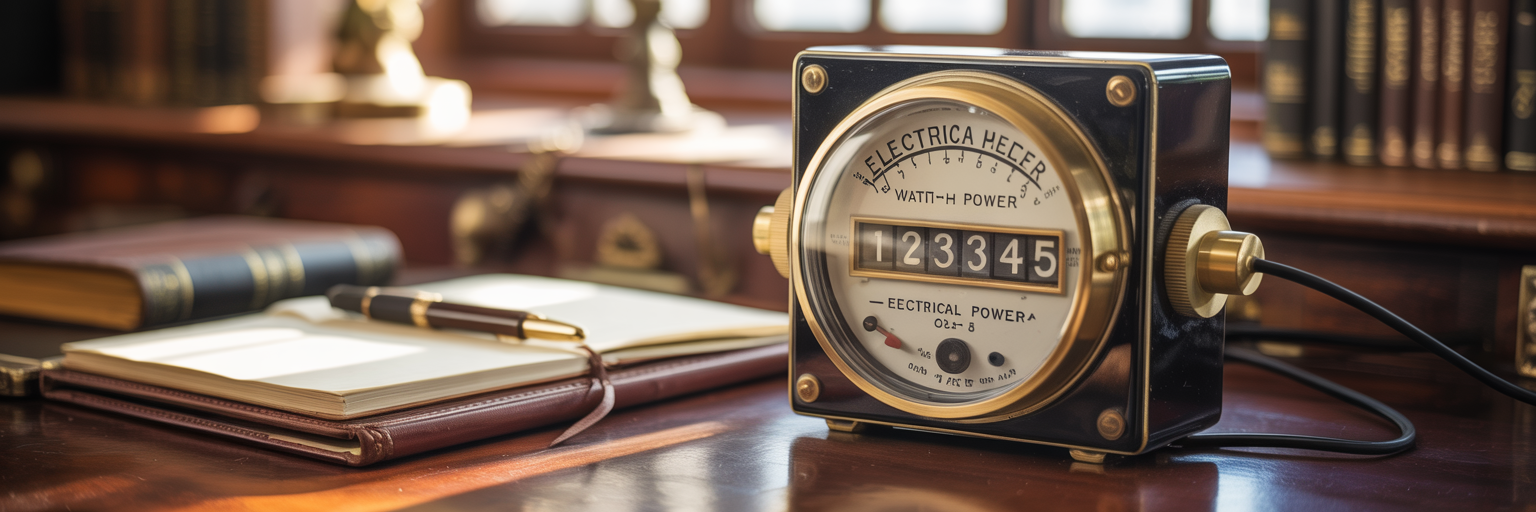
Essentials During Power Outages and How to Power Them
You can’t control when natural disasters and emergencies occur. However, you can know what to do in a power outage by planning ahead. Although it’s scary when the power goes out, you can be prepared by knowing what needs backup power and having the appropriate power on hand! From food and lighting to circumstantial essentials including medical devices and space heaters, backup power provides the energy needed to sustain each of your needs.
Food & Medicine Preservation

Powering a mini-fridge with the PowerPac 1000
We need food! Some people’s wellness also depends on refrigerated medication. Therefore, it is important to be prepared with an energy-efficient fridge or small chest freezer. But, how much energy do these appliances consume and what do you need to power them?
A small fridge or freezer consumes 100 Watts. Utilizing a portable power station like NUE’s PowerPac 1000 you can run a small fridge for about 15 hours. Large refrigerators consume 200 Watts and may run for an estimated 5 hours with the PowerPac 1000. Likewise, NUE’s SunKit Portable Solar Generator line is more than capable of powering these appliances. Using the 12V SunKit, a small fridge or freezer can run for about 20 hours, while a large refrigerator can run an estimated 10 hours. The 24V option powers a small fridge or freezer to run an estimated 40 hours. Meanwhile, a large refrigerator runs an estimated 20 hours. The 48V Standard SunKit runs a small fridge or freezer for 25 hours and a large fridge for 12.5 hours. The 48V Premium SunKit serves a small fridge or freezer for an estimated 38 hours and a large refrigerator for an estimated 19 hours.
With an average power outage lasting a total of 6 hours per year, you can see how a portable power unit as simple as the lithium-ion powered PowerPac 1000 can suit your needs for refrigeration. But, we all know that during a power outage, we’re not only powering one device. What are some other essentials?
Charging Electronics
Powering multiple device chargers with an early version of NUE’s SunKit
We all need our phones during an emergency, but did you know they require very little energy to stay charged? What do you do in a power outage to keep your vital communication charged? In emergency situations, communication with others is especially critical. These communications can include alerts or warnings, information about response status, family members, and other matters that may impact response and recovery. Efficiently delivered emergency messages can help ensure public safety. Overall, device chargers do not consume much energy. On average, phone chargers consume about 5 Watts, tablet chargers utilize 10 Watts and laptop chargers consume 70 Watts.
You could charge your phone for 198 hours or multiple devices for a substantial amount of time using a PowerPac 1000. You can even keep your Wi-Fi-powered at the same time. The PowerPac 1000 can charge an average tablet for a startling 99 hours and laptop chargers for 14 hours. Additionally, staying connected with the internet is critical for communication. A router/WiFi consumes only 10 Watts of energy, enabling you to stay connected to the internet. Using the PowerPac 1000, your WiFi router can run for 99 hours. The 12V SunKit option increases the previously stated run time to an estimated 200 hours. Since an average phone can charge in roughly 2-3 hours (depending on model and age), that means you can stay charged, without having to worry.
Medical Devices

A CPAP machine
Electrical medical devices are an essential element to consider in emergency settings. Medical equipment is used to monitor treatments, assist disabled people and intervene and treat illnesses. Without certain required devices, people’s lives may be at risk. Continuous positive airway pressure (CPAP) machines are commonly used to assist those with sleep apnea. This device consumes 200 Watts of energy and runs for 5 hours utilizing the PowerPac 1000. With the SunKit 12, 24, and 48 Volt standard and premium options, the run time increases to 10, 20, 13 and 19 hours respectively.
An oxygen concentrator is another common device that works by filtering and concentrating oxygen molecules in the air to provide patients with 90% to 95% pure oxygen. The small Respironics SimplyFlo oxygen concentrator consumes about 120 Watts of energy. The Inogen at Home consumes 100 Watts at flow setting 2. These concentrators can run an estimated 15 hours on a PowerPac 1000. Alongside the SunKit line, they would run an estimated 20, 40, 25 and 38 hours for the 12, 24 and 48 Volt standard and premium varieties.
Lights
The development of light has revolutionized medicine, opened up international communication, and continues to connect cultural and economic aspects of a global society. As a result, light is a must-have during emergency situations. But how much energy do you need to be kept out of the dark? The ENCOMLI Wall Sconce operates with 60 Watt LED bulbs, running an estimated time of 18 hours with the PowerPac 1000 and 36 hours with the 12V SunKit. Lampshades also commonly utilize LED bulbs. This Cylinder Lamp Shade operates off a 6 Watt LED bulb. With a PowerPac 1000, this lamp can run about 198 hours and 400 hours on the 12V SunKit.
Additionally, the average LED bulb consumes 8 Watts of energy running 124 hours on the PowerPac 1000 or 250 hours with a 12V SunKit. Portable lighting devices are handy in emergency situations and rechargeable camp lights are great options. These 2000 Lumens Camping Lights use LED bulbs and each lamp consumes the energy of 125 Watts. Therefore, this option runs slightly less than 15 hours on NUE’s PowerPac 1000 and 20 hours with a 12V SunKit.
Potential Essentials (Due to Environment)
Depending on where you live, other appliances during a power outage may be crucial. For warmer climates, fans keep us cool. A typical table fan consumes 15 Watts of energy and runs for 66 hours on NUE’s PowerPac 1000 and 133 hours for the 12 Volt SunKit. A tall pedestal fan can also be operated by the SunKit line. By consuming 55 Watts, they run 36, 73, 45 and 69 hours for the 12, 24, and 48 Volt options within the SunKit line.
For those accessing their water from a well, water pumps can even be powered by portable power stations or generators! A 35 liter per minute water pump consumes 600 Watts of energy and runs 1.4 hours on the PowerPac 1000 and 3 hours on the 12V SunKit. Even a 5,000 BTU window air conditioner can be powered from a 12V SunKit for 5 hours! In colder climates, essential tools like space heaters tend to consume a lot of energy. The typical electric heater consumes 1500 Watts. Utilizing a SunKit, these heaters run for 1, 3 and 2 hours on the 12, 24 and 48 Volt standard options.
Summary
Overall, knowing what to do in a power outage due to emergencies and natural disasters is both critical and valuable. Preparation for a variety of necessities can help save lives. From food preservation and medical elements to charging electronics, these devices need ample energy sources to operate from. You can stay properly informed on how much energy each appliance consumes and how it can stay powered. While this isn’t something that we as consumers typically pay attention to, knowing more about your devices and appliances can mean everything when the power goes out. Cell phones require little energy to stay charged and you can even be a hub for WiFi connection to help keep your community in touch. Be sure you’re ready and able to power:
-
Refrigeration for food and medicine preservation
-
Electronics charging for phones, tablets, laptops and Wi-fi routers
-
Medical Devices such as CPAPs or oxygen concentrators
-
Lighting for safety and comfort
-
Other essentials such as fans, heaters or water pumps
During times of uncertainty, pre-planning for enough energy to power essentials can help put you at ease with one less factor to worry about!
*Please note many of the examples given in this article show charging and run times reflecting one device at a time. When utilizing multiple devices with your portable energy units, expect shortened run times, overall. However, knowing how many watts your device consumes, as shown in this article, can help you make informed decisions about what to run and for how long.

























